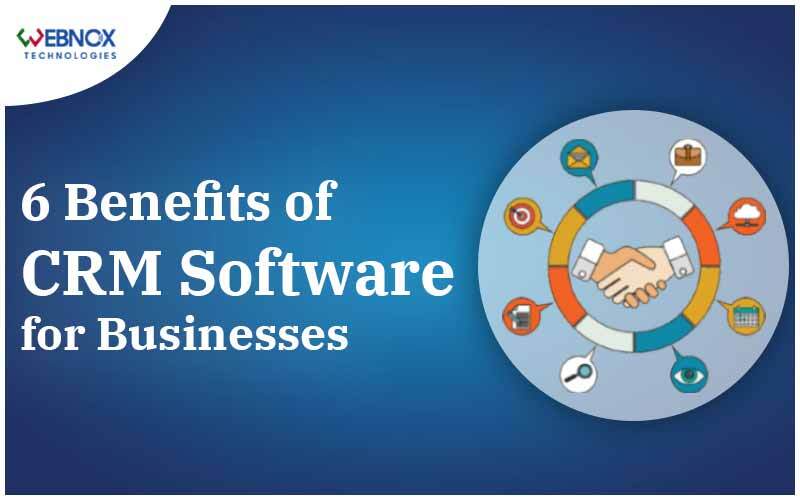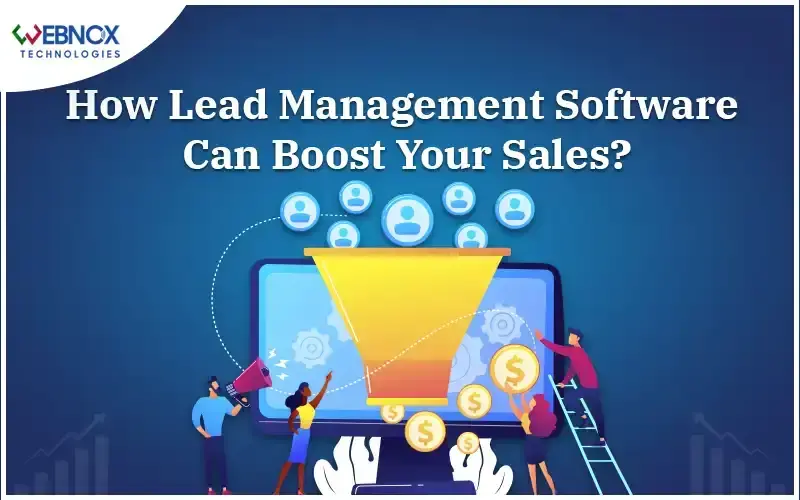Your Roadmap to Successful
E-commerce Website Launch

Abinaya // 16-11-2023
Your Roadmap to Successful E-commerce Website Launch
In today’s digital age, establishing an online presence is paramount for businesses looking to expand their reach and boost sales. Among the numerous available avenues, launching an e-commerce website stands as one of the most effective methods to reach a global audience and drive revenue. However, creating a successful e-commerce platform involves strategic planning, careful execution, and a deep understanding of your target audience. This road map is tailored to assist e-commerce development companies striving for excellence, particularly those aiming to establish themselves as the foremost providers of top-tier e-commerce website development services.
Step1: Defining Your Vision and Goals
Before diving into the technical aspects, it’s crucial to establish a clear vision and set specific goals for your e-commerce website. What are you trying to achieve? Is it increased sales, brand recognition, or improved customer engagement? Understanding these objectives will guide the entire development process.
Establishing the purpose behind the website is not just an initial step; it’s a crucial strategy for setting up an online store. This process sets the tone for decision-making, design, and content, ensuring that every element aligns with the ultimate goals of the business. Therefore, understanding and clarifying these objectives should be the primary focus of forming the groundwork for a successful and purpose-driven e-commerce platform.
Step 2: Market Research and Target Audience Analysis
Comprehensive market research and understanding your target audience are fundamental. Analyze your industry, competitors, and target demographic. What are their preferences, pain points, and purchasing behaviours? This data will help tailor your e-commerce website to meet your audience’s needs effectively.
Step 3: Choose the Right E-commerce Platform
Selecting the right platform is vital to creating an intuitive e-commerce website for your online store. It’s crucial to meticulously evaluate factors such as scalability, ease of use, available features, customization options, and costs.
Platforms such as Shopify, WooCommerce, Magento, or custom e-commerce website development service providers offer a variety of functionalities, each tailored to diverse business requirements. Shopping cart software Companies can assess the diverse offerings of these platforms to align them with the specific needs and preferences of their clients.
Step 4: Design and User Experience
Your online shopping cart’s design and user experience (UX) play a significant role in success. Ensure the site is visually appealing, intuitive to navigate, and optimized for all devices. Emphasize seamless navigation, clear product descriptions, high-quality images, and a streamlined checkout process to enhance user satisfaction.
The success of an e-commerce website depends on the looks and user experience. Beyond mere visual appeal, the design should encapsulate user-friendly navigation, ensuring a smooth and hassle-free journey for visitors. Clear and concise product descriptions, coupled with high-resolution images, create an engaging user interface that captivates and informs potential customers.
Step 5: Product Catalog and Content Creation
Creating a comprehensive product catalogue is essential for building your online shopping platform. Focus on creating a repository that showcases products with high-quality images, detailed descriptions, and compelling content to engage potential customers. Investing in professional product photography and crafting persuasive, SEO-friendly content is essential to drive organic traffic.
To build the best online shopping cart platform, this approach not only aids in presenting your clients’ products effectively but also in ensuring these products rank well in search engines. This strategy captures the attention of a broader audience and leads to increased conversions.
Step 6: Secure Payment Gateway and Logistics
A crucial aspect of a successful e-commerce website launch lies in implementing a secure payment gateway and efficient logistics strategy. Integrating a secure payment gateway is fundamental for fostering trust and reliability among customers, ensuring their sensitive information remains protected during transactions. Collaborating with dependable logistics partners is pivotal in streamlining the order fulfilment process, ensuring timely deliveries and managing returns efficiently.
Offering various payment methods caters to diverse customer preferences and convenience, thereby contributing significantly to an improved shopping experience. Additionally, transparent shipping policies ensure that customers are informed about delivery timelines, costs, and any related terms, minimizing uncertainty and increasing their trust in the e-commerce platform.
Step 7: SEO and Digital Marketing Strategy
Enhancing your online shopping website’s visibility on search engines is a critical step in gaining traction. To achieve this, it’s essential to optimize your e-commerce shopping cart website by implementing SEO best practices. This involves strategically utilizing keywords, improving site structure, and ensuring high-quality content that aligns with user search intent.
Moreover, paid advertising can complement your SEO efforts by driving immediate traffic to your website. Utilizing platforms such as Google Ads or social media advertising can help target specific audiences, further amplifying your online presence.
Step 8: Testing and Quality Assurance
Conducting comprehensive testing of your website is a critical step in ensuring its functionality, compatibility, and security. This process involves multifaceted assessments to guarantee a smooth and user-friendly experience for your visitors. One aspect of this testing involves conducting usability tests. These tests allow you to assess how intuitive and easy to navigate your website is, ensuring that users can easily find what they are looking for.
Additionally, it’s essential to thoroughly check for bugs and glitches. Addressing these issues is crucial in providing a seamless user experience and preventing frustrations that can prevent potential customers. This process should encompass testing your website across various browsers and devices.
Step 9: Soft Launch and Feedback Collection
In preparation for the official launch, it’s beneficial to consider a soft launch or beta testing phase. This preliminary stage involves releasing the website to a limited audience or a select group of users before the full launch. The primary objective of this soft launch is to gather valuable feedback and insights from real users interacting with the website.
Listening to customer input is pivotal during this phase. Collecting feedback regarding usability, functionality, design, and overall user experience allows for an in-depth understanding of users’ perspectives and pain points. This feedback can reveal potential issues that might not have been identified during the development and testing phases.
Step 10: Launch and Post-Launch Optimization
Once you’re confident in your online shopping cart website’s readiness, the moment arrives for the grand launch. Following this, a crucial phase involves closely monitoring the website’s performance post-launch. Analyzing user behaviour and engagement becomes imperative during this period. By consistently collecting and analyzing data, the company can gain valuable insights into user preferences, browsing patterns, and areas of interest.
Continuously optimizing the website based on the collected data is an ongoing process. This involves making strategic adjustments and improvements to ensure the site aligns with users’ evolving needs and preferences. Regularly updating the website’s content, introducing new features, and adapting to market trends are fundamental strategies to stay competitive in the online shopping industry.
Step 11: Customer Support and Relationship Building
Delivering exceptional customer support is essential in an online shopping business to foster long-term relationships with your clientele. Providing diverse channels for customer assistance, such as live chat, email support, phone assistance, and comprehensive FAQ sections, ensures that customers can easily reach out for help in their preferred manner.
Responding promptly to customer queries is a crucial aspect of exceptional customer service. Quick and efficient responses not only resolve immediate concerns but also reflect a commitment to customer satisfaction, contributing significantly to a positive experience.
Step 12: Analytics and Performance Tracking
Leveraging analytics tools is crucial to track your online store’s performance. These analytics tools facilitate a comprehensive understanding of how users interact with the website. By tracking traffic, gain insights into the volume and sources of visitors, helping to evaluate the effectiveness of marketing strategies and campaigns.
Conversion rates, on the other hand, shed light on the percentage of visitors taking the desired actions, be it making a purchase, signing up, or any other targeted goal. Understanding customer behaviour aids in identifying user preferences, pain points, and engagement patterns, enabling the online shopping cart development company to tailor the website more precisely to meet user needs.
Conclusion
In conclusion, launching a successful online store demands meticulous planning, a customer-centric approach, and continuous optimization. By following this comprehensive roadmap, you can navigate the complexities of e-commerce website development and create a robust online shopping platform that resonates with your audience, drives sales, and establishes a strong digital presence.
Launch your e-commerce revolution today. Follow this roadmap to construct a thriving online store that resonates with your audience and drives business success. Start building your e-commerce empire now!




